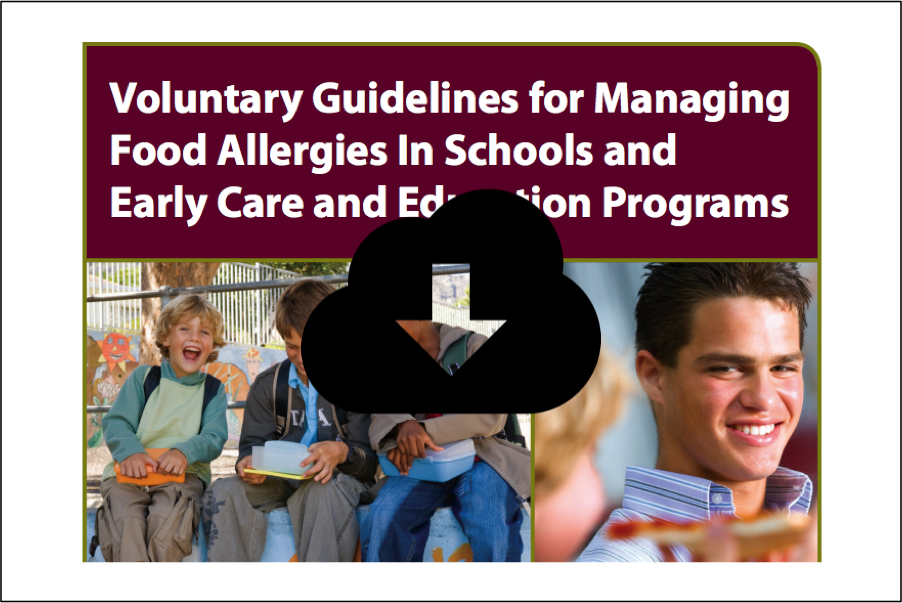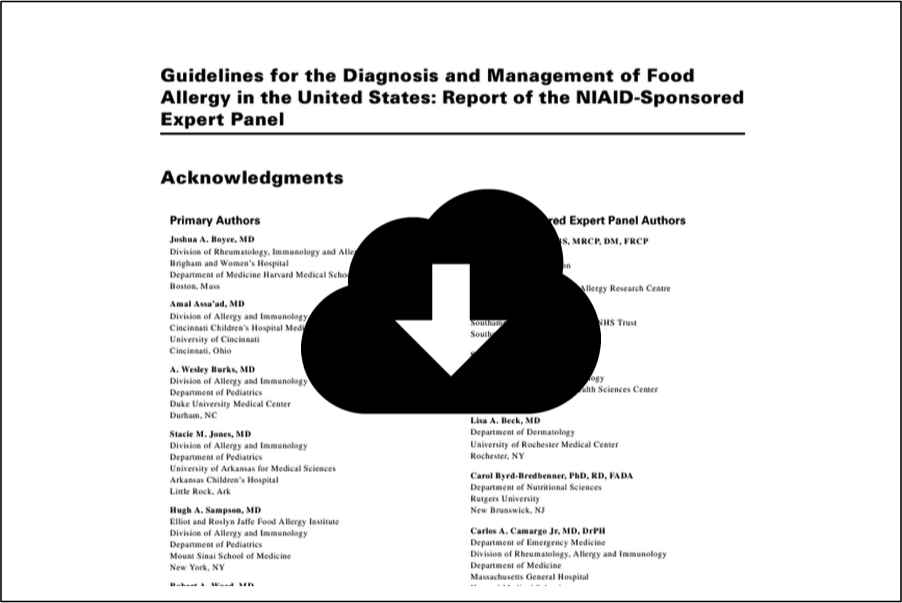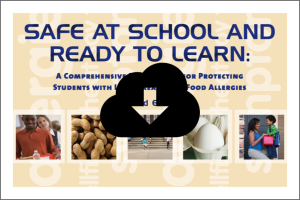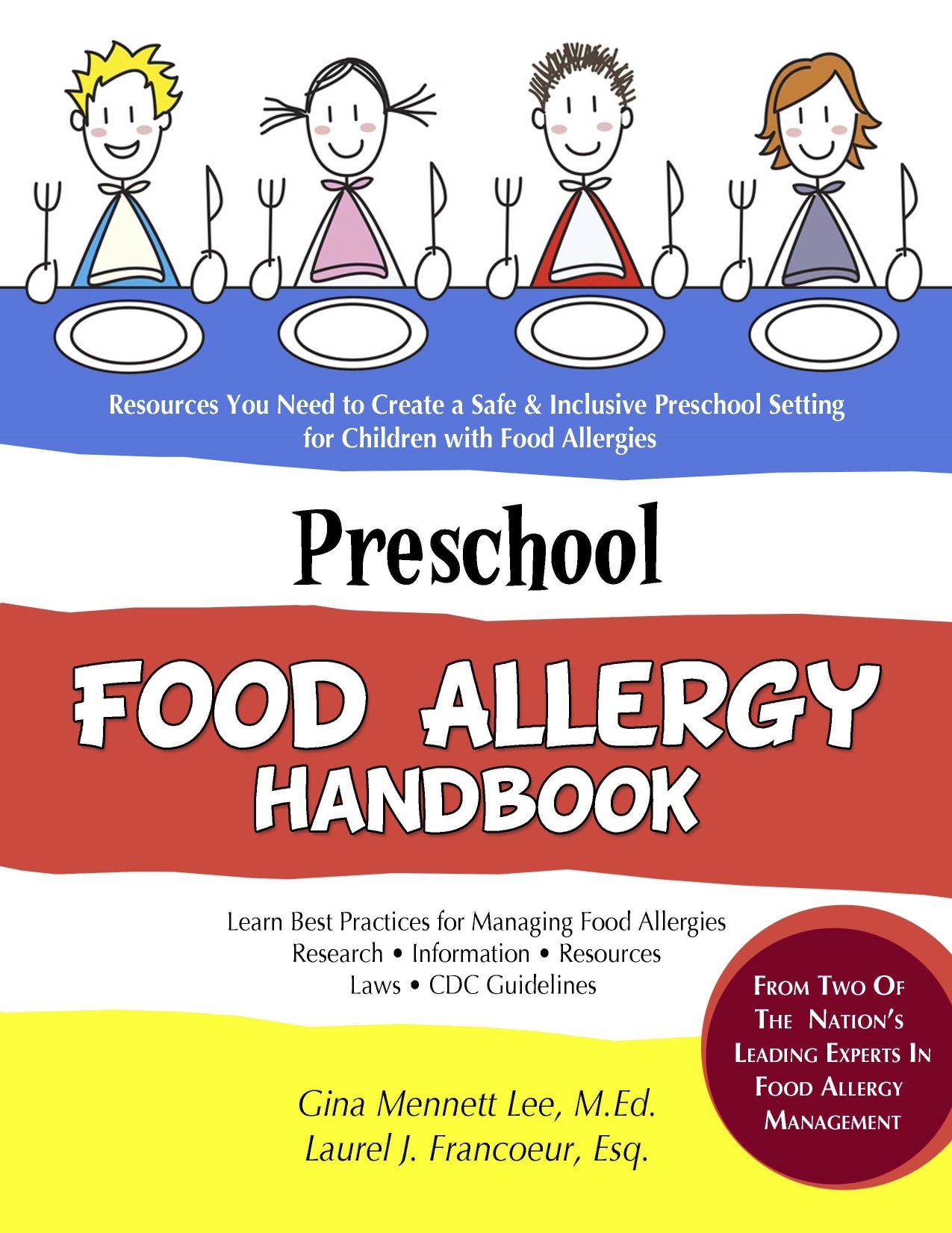Developing School Policies
In 2013, the CDC released their Voluntary Guidelines for Managing Food Allergies in Schools and Early Care and Education Programs. These are considered the gold standard in managing food allergies in the school setting. All schools should have in place a Food Allergy Management and Prevention Plan (FAMPP) that addresses each of these five priorities:
1. Ensure the daily management of food allergies for INDIVIDUAL children
2. Prepare for food allergy emergencies
3. Train staff in how to manage food allergies and how to respond to allergic reaction
4. Educate children and family member about food allergy
5. Create and maintain a healthy and safe educational environment
Below are resources to help your develop a FAMPP. If you need help assessing current policy or developing a FAMPP, feel free to contact us to set up a consulting appointment. For resources to help you implement these guidelines, see At School.
 Voluntary Guidelines for Managing Food Allergies In Schools and Early Care
Voluntary Guidelines for Managing Food Allergies In Schools and Early Care
Producer: Centers for Disease Control and Prevention
Free Download
Summary: This is the gold standard of food allergy management. This 100+ page document provides specific and recommended best practices for creating a Food Allergy Management and Prevention Plan for your school.
 Guidelines for the Diagnosis and Management of Food Allergy in the US
Guidelines for the Diagnosis and Management of Food Allergy in the US
Producer: NIAID-Sponsored Expert Panel
Free Download
Summary: Here are the Guidelines for the Diagnosis and Management of Food Allergy in the United States: Report of the NIAID-Sponsored Expert Panel.
 Individualized Healthcare Plans: The Role of the School Nurse
Individualized Healthcare Plans: The Role of the School Nurse
Producer: National Association of School Nurses (NASN)
Free Download
Summary: This is a document based on the nursing process, stating that the school nurse along with the student, family and providers, shall develop an IHP for students whose needs affect safe and optimal school attendance.

